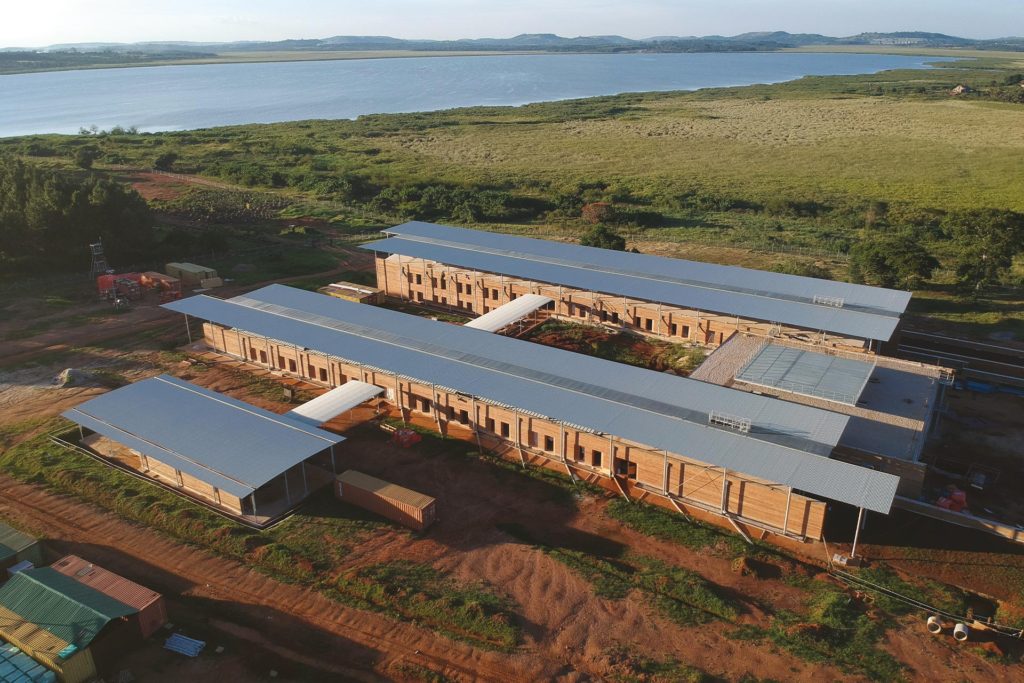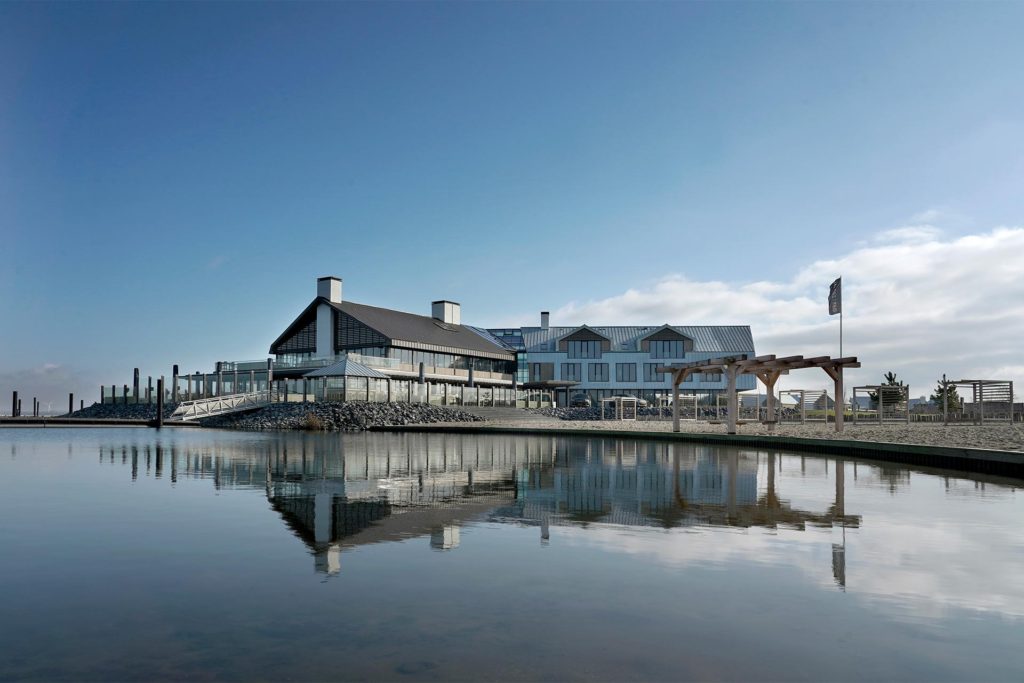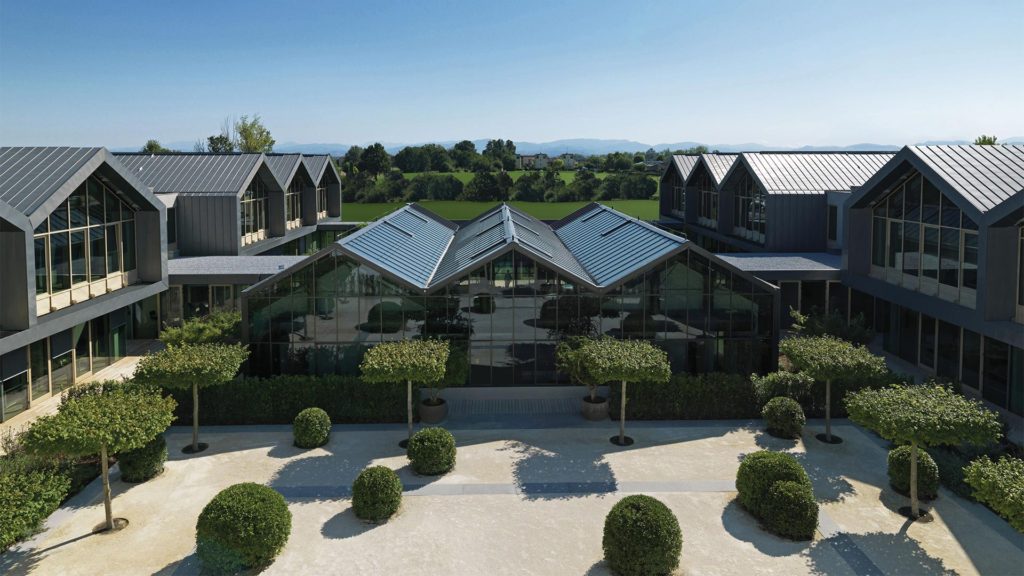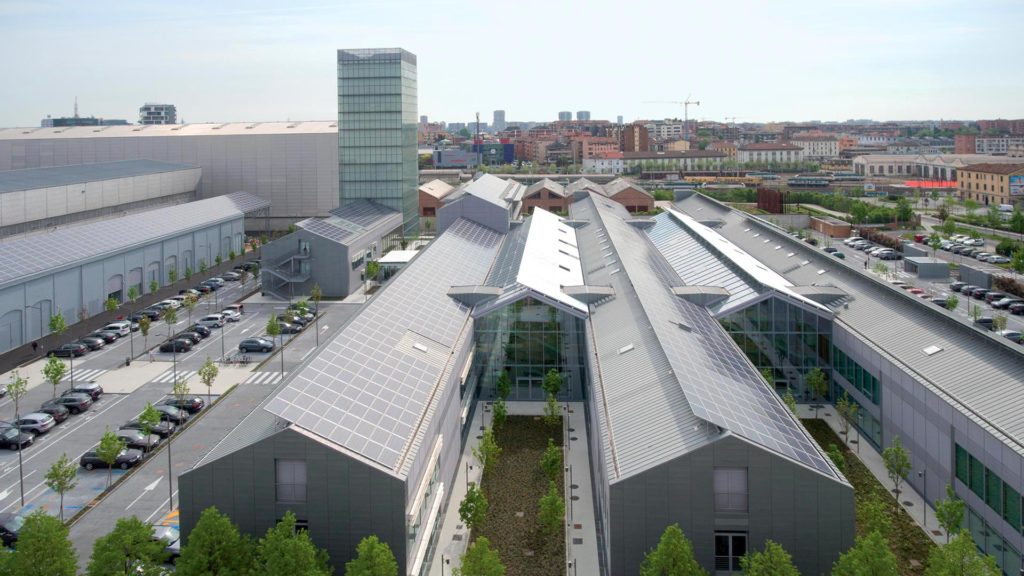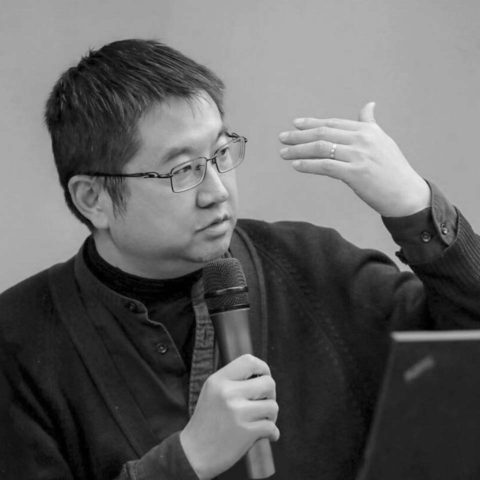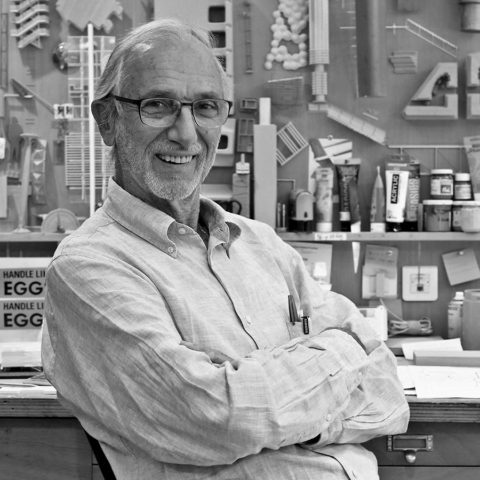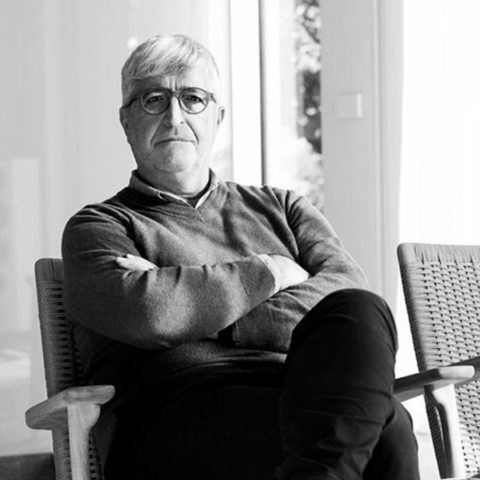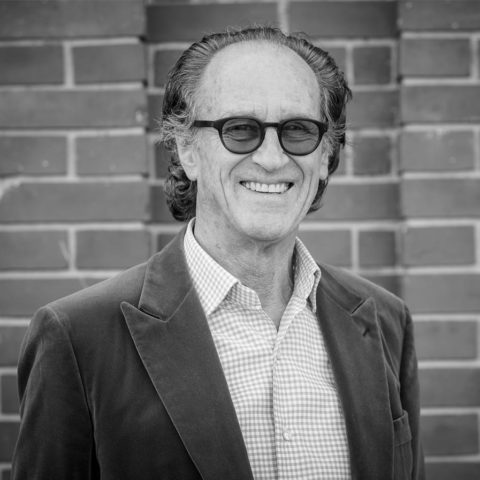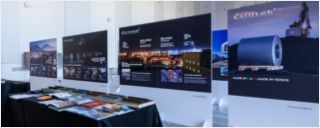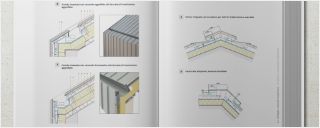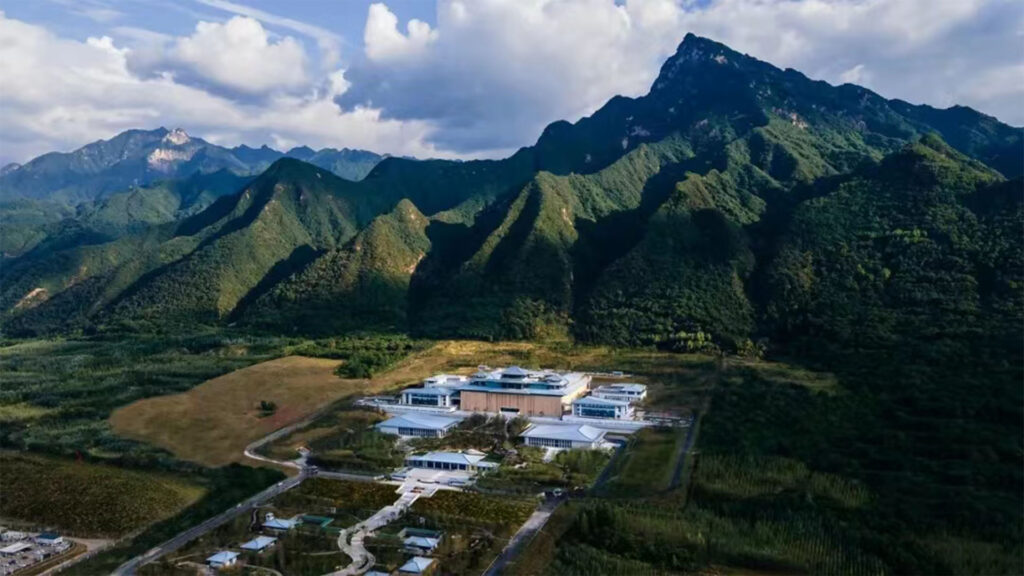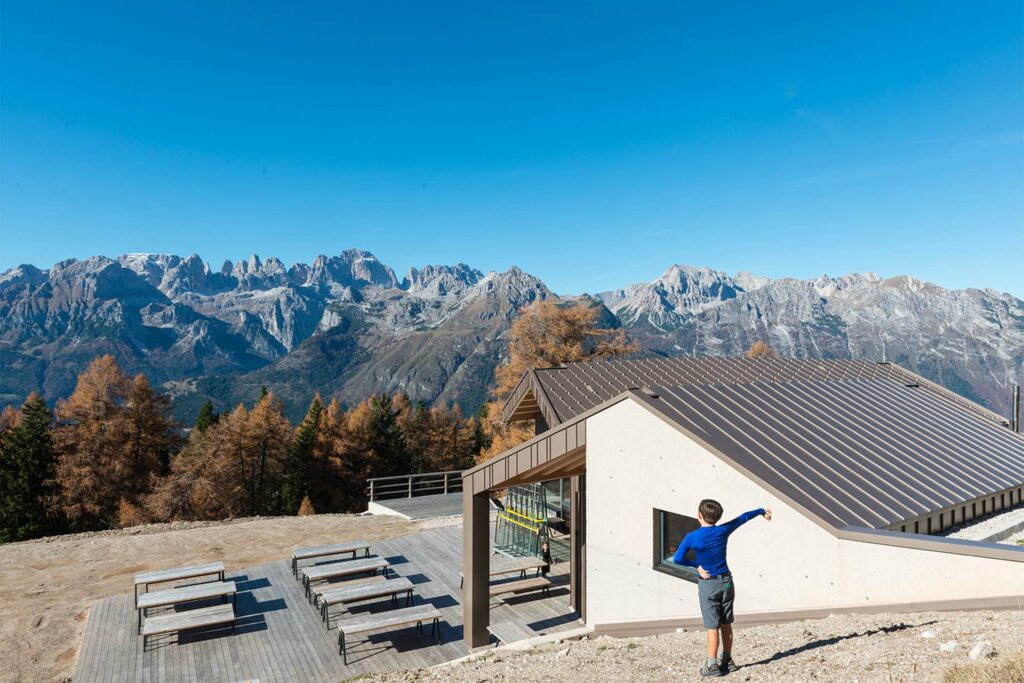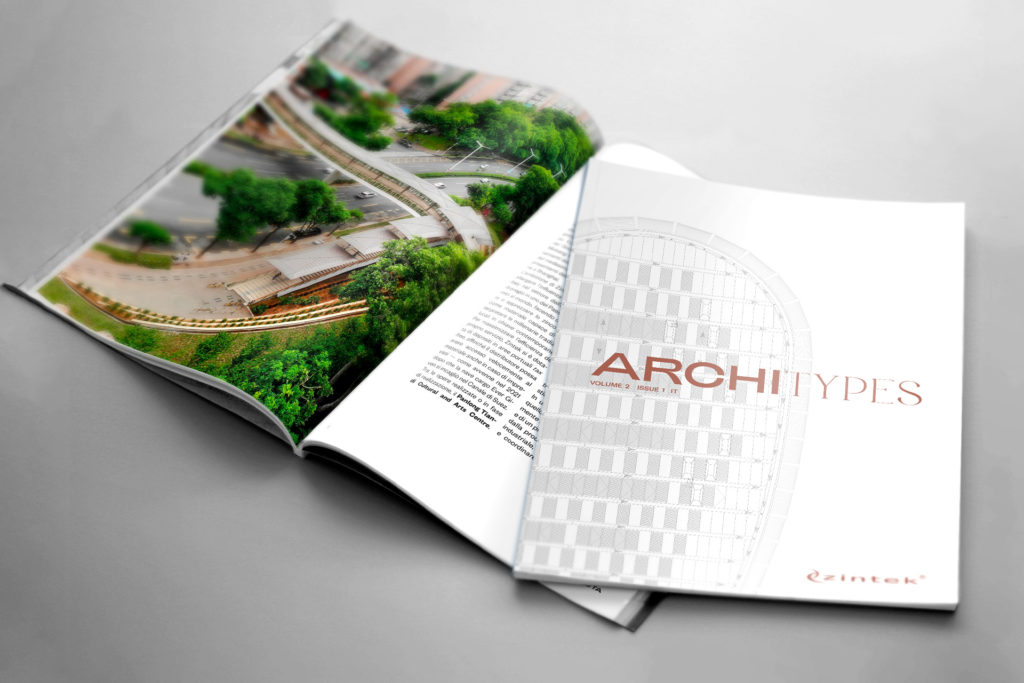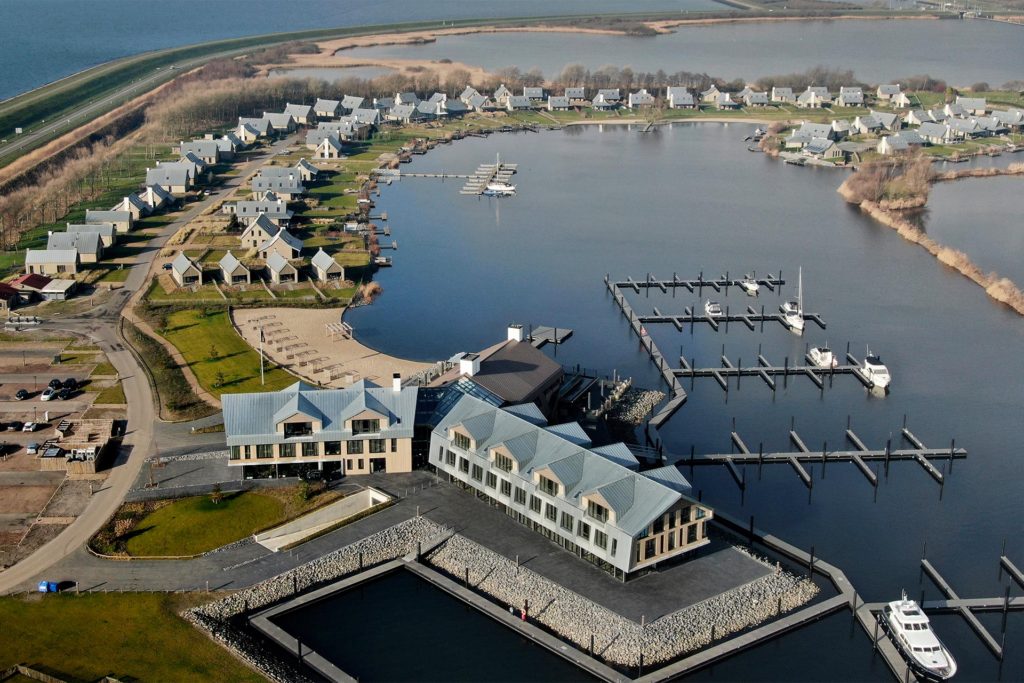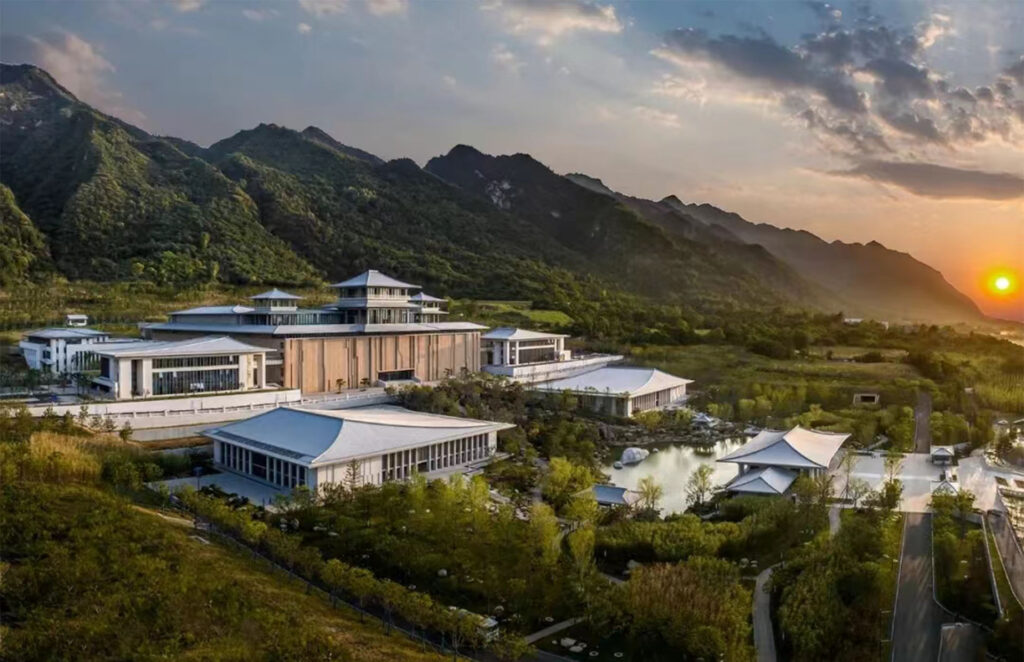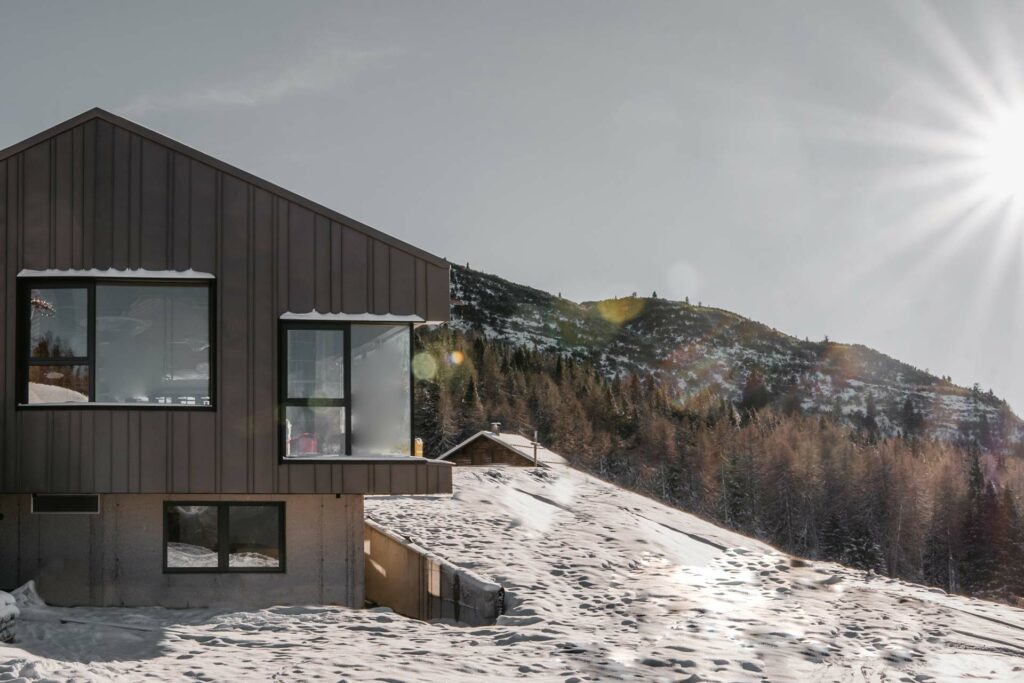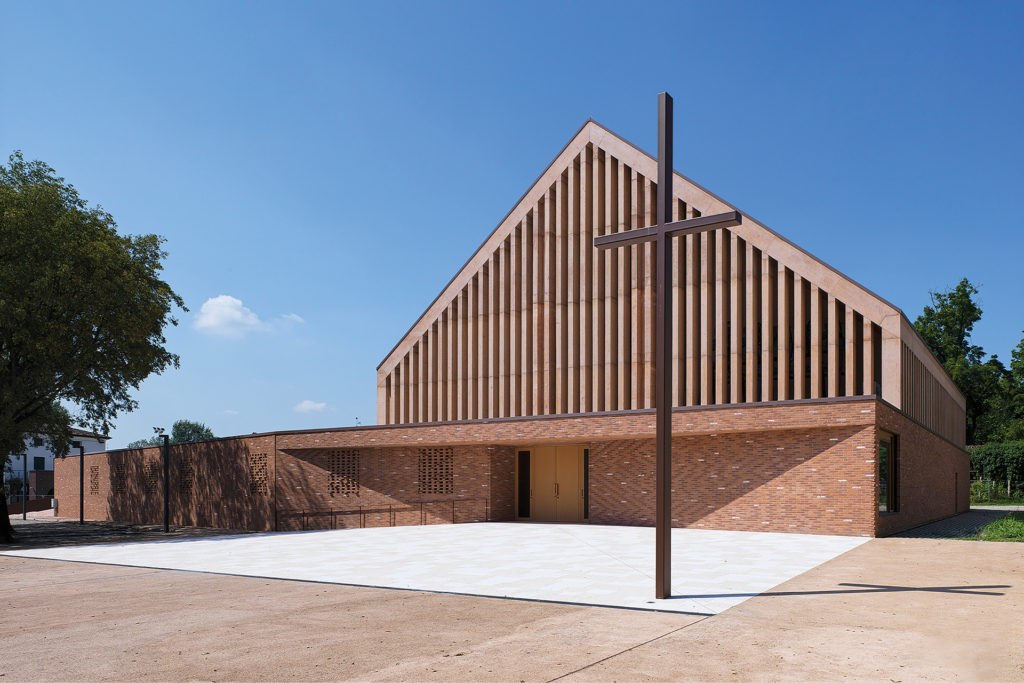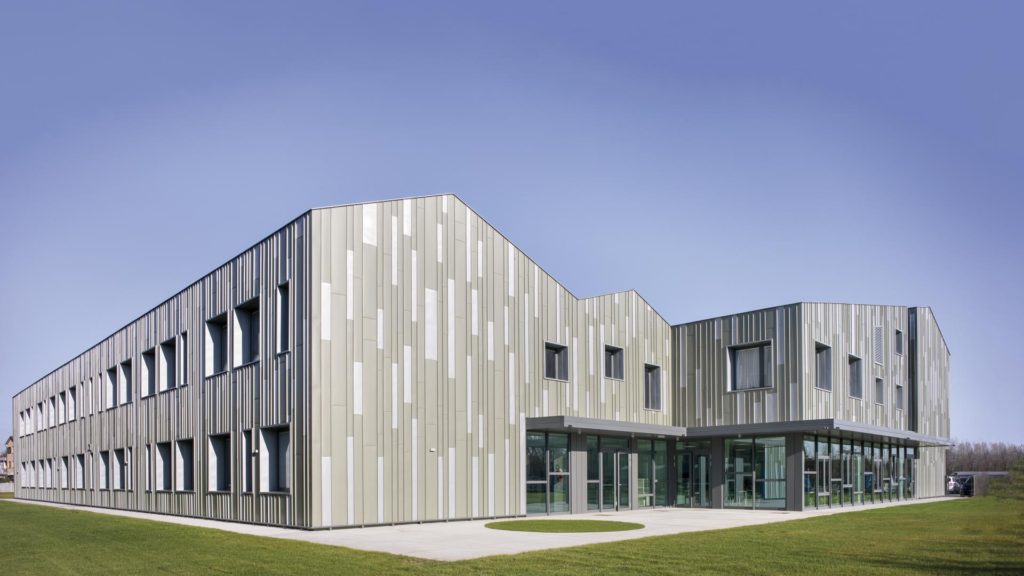With more than 23 million inhabitants, Shanghai is the largest and most populated city in China; a financial, commercial and urban international hub and, for more than two decades, the ideal bridge connecting, interlinking the elusive Far Eastern to the rest of the world. The city’s beating heart is represented by its ambitious futuristic skyline, subject to a constant and impressive expansion, whose records are broken and contradicted every time one looks upward towards the sky.

If, until 1842, the city had been blocking any connection with the external world, once the opium war had ended, a long and relentless path of internationalization started. Following the Second World War, the city, down on its knees, was forced to get back up by applying the strict Maoist law. The year of the turning point was 1991: the eclipse of the regime can be read in the riverfront of the Huangpu River, the image of a city marching rapidly towards the new millennium.

Many international studios were then competing for a piece of the metropolis. Endless plots of land have today prestigious names; names like SOM, Gensler and Paul Andreu have challenged each other to the highest skyscraper, from the Jin Mao Tower, the city’s twenty-year-old postcard, to the Pearl Tower to the more recent Shanghai Tower, with its impressive 632 metres of height.

Finally free, Shanghai is growing exponentially as it is preparing for World Expo 2010, with a title that couldn’t be more suitable: Better City, Better Life. The success is unquestionable: the construction of infrastructure is a historic window of opportunity for the city’s development.

Studios such as KCAP Architects&Planners have transformed the city into their headquarters, and Miralles Tagliabue team, which arrived in Shanghai to design the spectacular Spanish pavilion for the Expo, embarked as well in the journey to conquer the entire Asia.

Nowadays, international studies strategies reflect what is a very actual focus on heritage conservation and sustainability, and are the result of meticulous analysis and forecasts of future dynamics, dynamics that will engage not only the city but the whole country in the forthcoming decades. The Stefano Boeri Architetti China Studio, for instance, has signed the restructuring, remodeling project of the Shanghai Hecheng Building that became More: 001 Jingan Creative Park, a space expressing a new concept that proposes modern spatial and relational models, which take into account the experience of the Vertical Forest. The American studio Sasaki Associates signs the master-plan of the new Sunqiao district, in which urban agriculture becomes the main theme and fulcrum of a cultural revolution revolving around two issues of global importance: the uncontrolled expansion of cities and the self-production of food using low environmental impact methods and techniques.

Therefore, today, Shanghai appears as an experimental research ground: the development of a revamped interest in architectural design, perhaps an actual school in this area of expertise, a remarkable model that can be extended to other settings and frameworks, for a new (not only) Chinese architecture.

